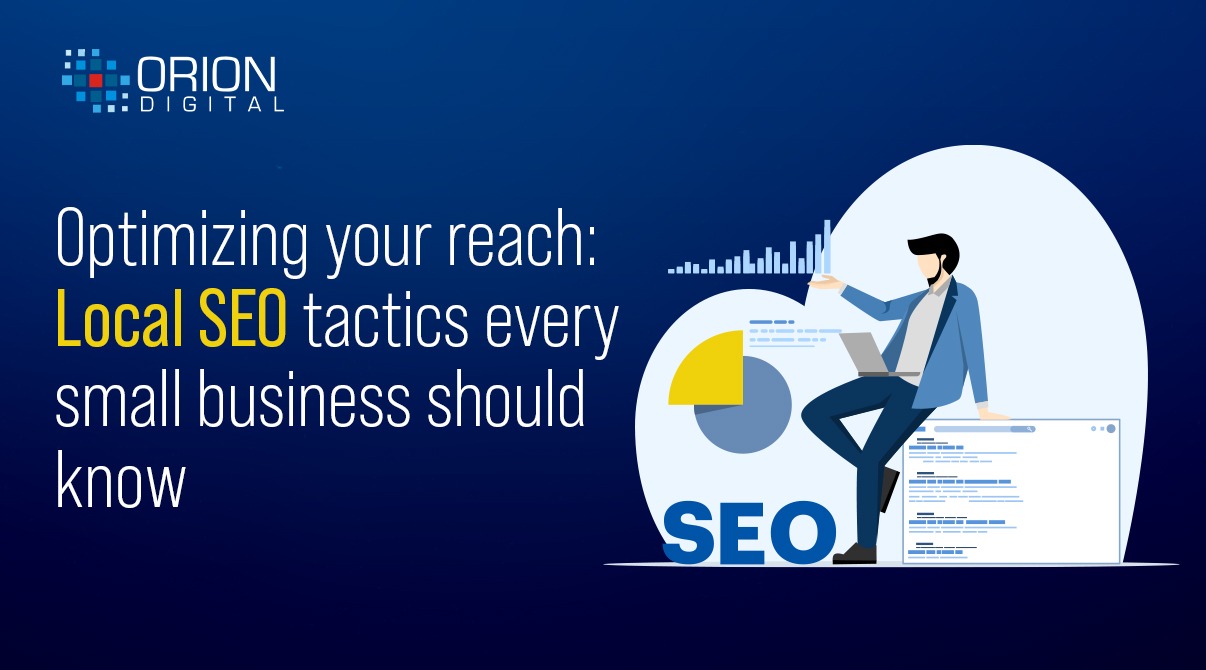Just How Effective Website Design Can Boost Your Search Engine Optimization Technique and Improve Customer Experience
The intersection of efficient web style and search engine optimization is an important area for any type of business seeking to improve its online presence. An intuitive style not only elevates customer experience but also significantly affects SEO efficiency by lowering bounce rates and improving involvement metrics.
Significance of Website Design for SEO
Effective website design is regularly undervalued in its impact on seo (SEARCH ENGINE OPTIMIZATION) A well-structured web site not only boosts user experience yet likewise plays an important role in just how internet search engine rate pages. Browse engines like Google favor sites that display clear navigating, fast filling times, and mobile responsiveness. These elements contribute to decrease bounce rates and higher customer engagement, which are critical metrics for search engine optimization success.
Additionally, internet layout elements such as clean code, enhanced photos, and proper use HTML tags dramatically affect a site's crawlability. Browse engines rely upon structured data to comprehend web site web content and context, making it essential for web designers to carry out ideal techniques. In addition, the integration of SEO techniques within the style stage, such as consisting of key words in titles, meta descriptions, and alt text for images, can enhance exposure in search results page.
Inevitably, focusing on reliable internet layout not just makes certain a smooth user experience however likewise establishes a solid foundation for SEO initiatives, bring about raised natural website traffic and boosted positions. Hence, companies need to acknowledge the innate link between website design and search engine optimization to accomplish on the internet success.
Secret Design Components for Individual Experience
User experience (UX) works as a cornerstone for effective website design, influencing just how site visitors interact with a website and perceive its worth. To enhance UX, several key style elements need to be prioritized.
To start with, intuitive navigating is vital; a well-structured menu and clear paths allow customers to find details rapidly, reducing frustration. Second of all, aesthetic pecking order plays an essential duty, directing customers' attention to crucial components with placement, color, and dimension. This assists in quicker decision-making and boosts general involvement.
Moreover, a constant style style boosts knowledge and trust, as users feel a lot more comfy navigating a site that visually straightens throughout its web pages. Reliable use white room additionally can not be overlooked; it avoids clutter, enabling crucial material to stand out and making the website more digestible.
Additionally, premium pictures and graphics are crucial, as they not just record focus yet additionally share professionalism. Lastly, fast load times are non-negotiable; hold-ups can bring about greater bounce prices and reduced individual satisfaction. By concentrating on these vital style aspects, companies can considerably enhance their user experience, cultivating favorable communications that motivate return brows through and conversions.
Mobile Responsiveness and Search Engine Optimization Influence
As website design significantly focuses on user experience, the relevance of mobile responsiveness can not be overstated. With a significant section of internet traffic stemming from mobile devices, a read here receptive style guarantees that internet sites are accessible and functional throughout different display sizes. This flexibility not only boosts individual satisfaction but additionally plays an essential role in seo (SEO)

Incorporating mobile responsiveness into website design additionally cultivates better filling times, which is a key consider both individual experience and search engine optimization positions. Slow-loading web pages hinder customers, leading to higher abandonment rates and negatively influencing search exposure. Eventually, prioritizing mobile responsiveness not only enhances user engagement but also strengthens a website's SEO strategy, creating a more competitive online visibility.
Website Structure and Navigation Best Practices
An efficient website structure and intuitive navigation are important components of effective internet style. They not only boost customer experience however also play a crucial function in search engine optimization (SEARCH ENGINE OPTIMIZATION) A clear power structure enables users and internet search engine to recognize the connections find out here now between various web pages, boosting the general usability of the website.
Use keyword-rich and descriptive URLs, as they give context and improve search presence. This reduces bounce prices and keeps customers engaged.
Measuring the Success of Web Style
Gauging the success of website design entails evaluating various metrics that show customer involvement and total website efficiency. Trick efficiency indications (KPIs) such as bounce price, ordinary session period, and web pages per session give understanding right into how users communicate with the site. A high bounce rate may indicate that users are not finding the web content pertinent or interesting, motivating a demand for style or material modifications.
Furthermore, conversion rates are important for analyzing the performance of website design. A rise in conversions, whether via type entries, product acquisitions, or e-newsletter sign-ups, usually associates with user-friendly style and user-centered functionalities. Tools like Google Analytics can give thorough records on these metrics, making it possible for developers to recognize patterns and areas for renovation.
Eventually, a mix of quantitative information and qualitative comments develops a detailed picture of web design success, ensuring that it straightens with both SEO goals and customer expectations. By consistently determining these variables, companies can refine their internet style strategies to enhance individual experience and drive meaningful engagement.
Final Thought

As web layout increasingly focuses on individual experience, the value of mobile responsiveness can not be overemphasized.Including mobile responsiveness into internet layout likewise cultivates enhanced loading times, which is a key aspect in both customer experience and SEO rankings. Eventually, a mix of measurable data and qualitative feedback develops a thorough image of internet design success, ensuring that it aligns with both Search engine optimization goals and user assumptions. By continually gauging these variables, services can refine their web design methods to enhance customer experience and drive significant involvement.
In verdict, reliable internet design considerably boosts SEO techniques and user experience.